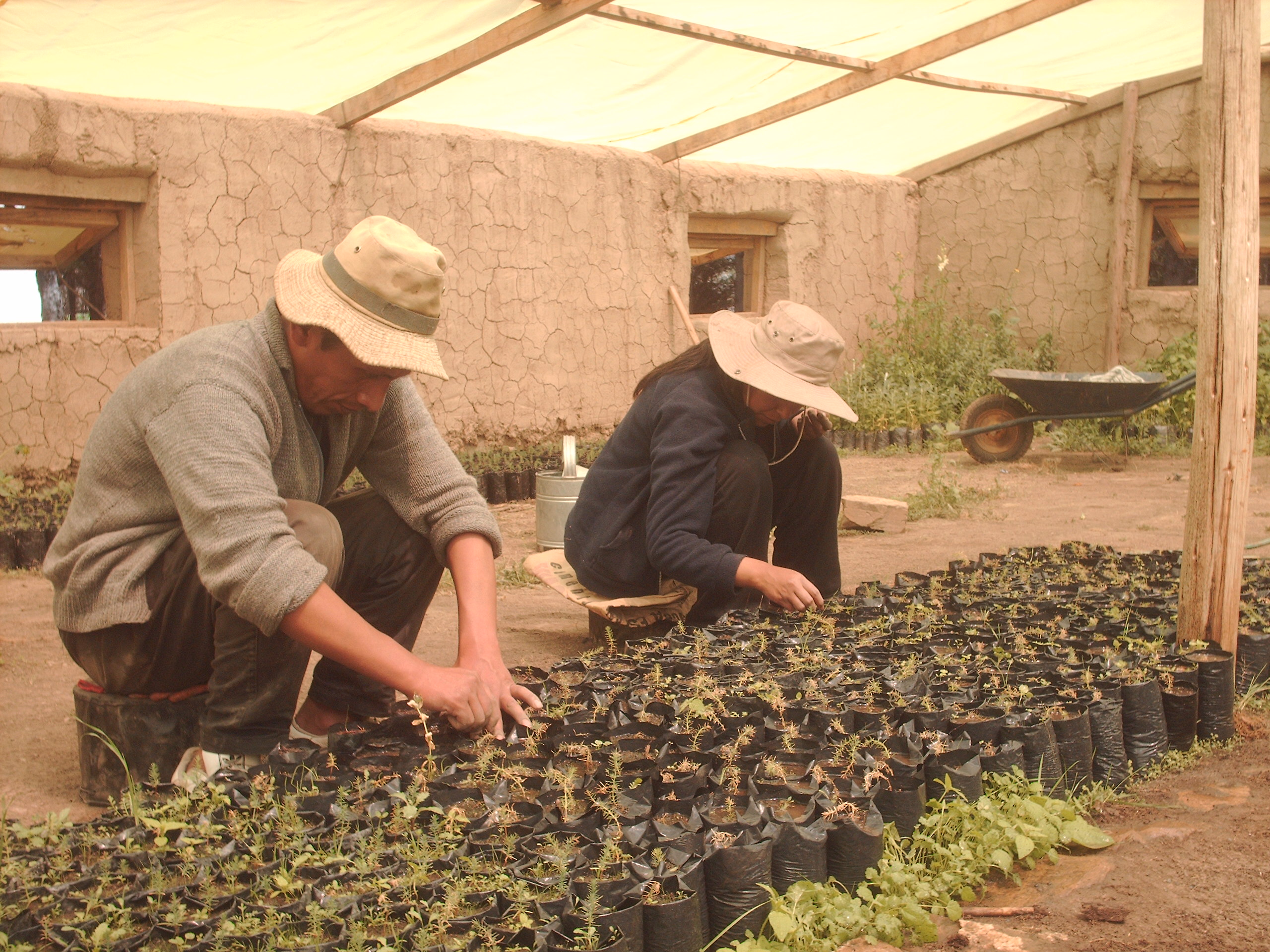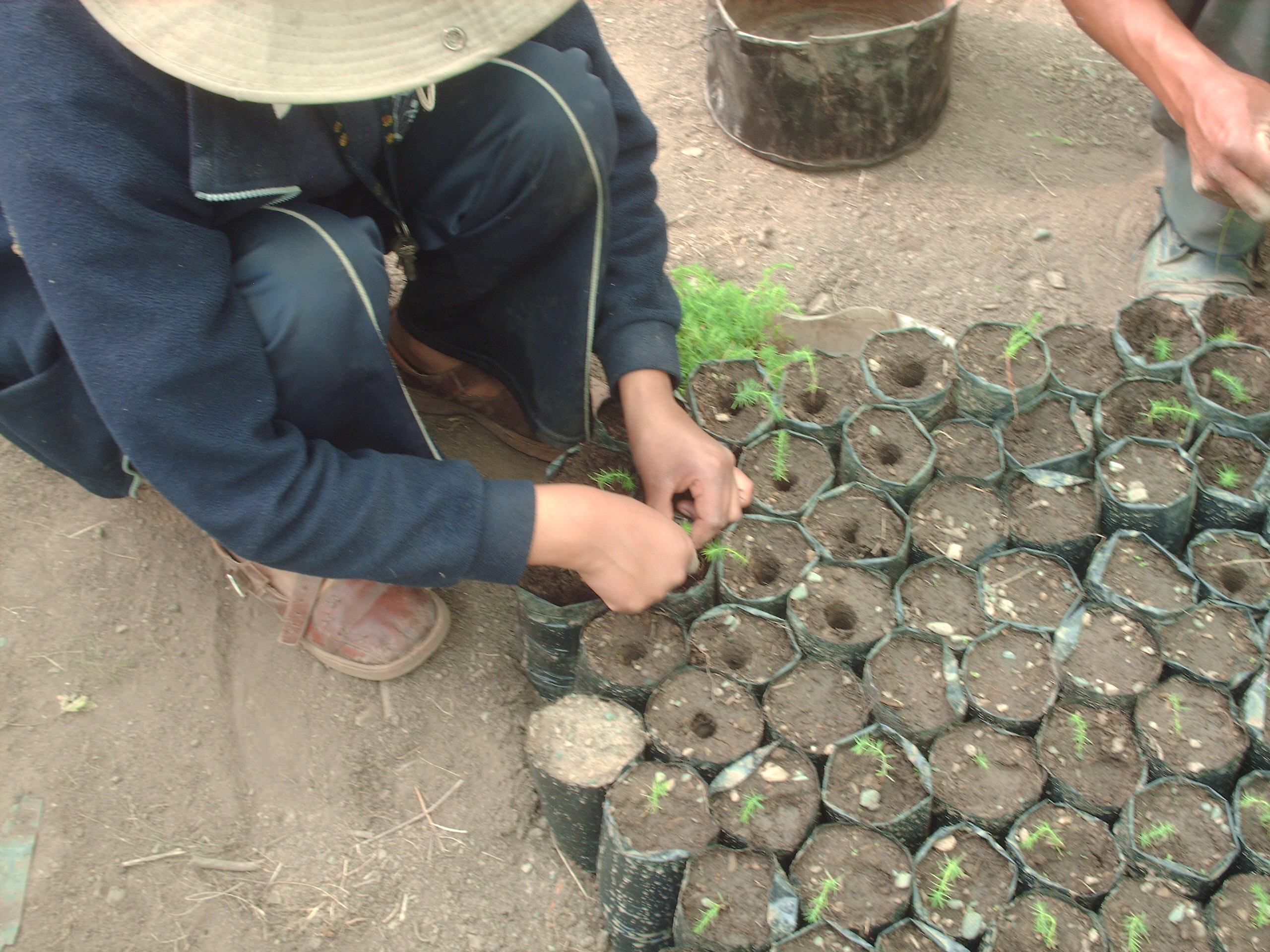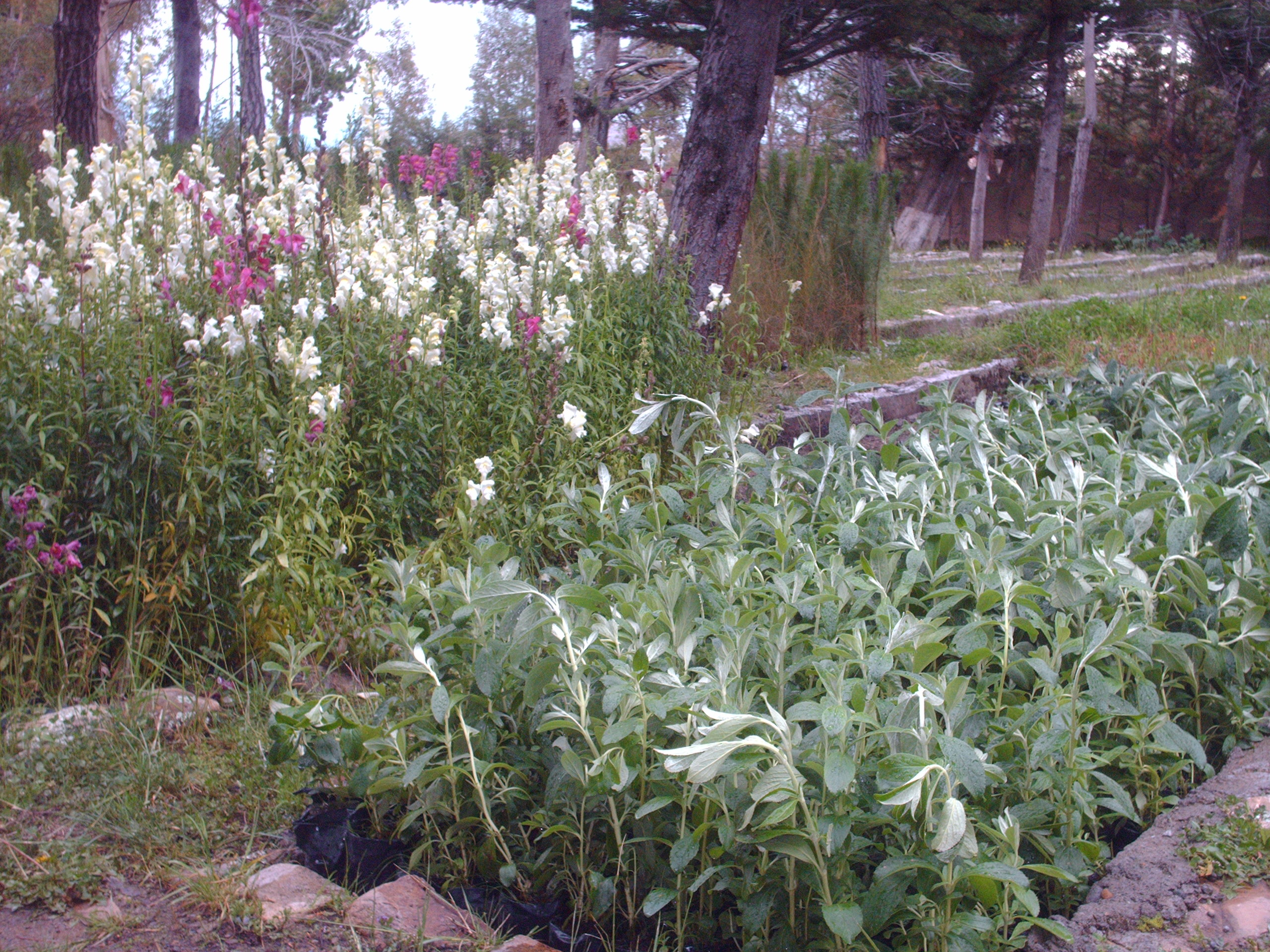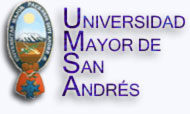CBA Bolivia: Water Source Protection and Soil Conservation through Reforestation in Batallas
Project Overview
Batallas lies in the northern High Plateaus of Bolivia, with a cold climate that results from its high altitude (3,850-6,300 m.a.s.l.). Bodies of water are devoid of the foliage cover that serves as a natural contamination filter, maintains aquifer recharge capacity, and boosts water quality.
This Community-Based Adaptation project aims to reduce the community's vulnerability to diminishing water levels by protecting water resources through soil management, conservation practices, and reforestation. The project supports the restoration of a highly productive tree nursery in the area by involving, training, and informing residents in three communities: two in the mountain range and one in the plains of Batallas Municipality.
* This project is part of Bolivia's Community-Based Adaptation portfolio. *
Project Details
In most communities of the Bolivian altiplano, bodies of water (rivers, streams, and springs) are devoid of the foliage cover that serves as a natural filter and maintains the proper aquifer recharge capacity and water quality. Evaporation from nearby Lake Titicaca increases humidity in the Batallas municipality; the low temperature and humidity levels hamper the growth and density of vegetation in the project area, causing low levels of organic matter. These limitations are exacerbated by the extreme climate variability between day and night, as well as a water shortage in the area.
Residents in the Batallas communities of Huancané, Tuquia and Huncallani are concerned about the frequent decrease in their springs’ water levels and threats to future water availability. Wells in the community have recently seen water table decreases in the dry season to an alarmingly low level, and the water levels of Lake Titicaca are dropping, posing a risk to both human and animal (cattle, sheep, pigs, and camelid) consumption needs. Climate change will exacerbate these effects, furthering decreasing water levels and lowering future availability due to glacial retreat. Hence, the Batallas municipality has a clear need for adaptive action.
This Community-Based Adaptation project will seek to reduce communities’ water resource vulnerability through an ecosystem-based approach. First, it will help to restore a communal tree nursery in Huancané, improving its capacity to produce tree and shrub seedlings by 60% and thus guaranteeing an adequate supply for commercial and reforestation purposes. Next, the project will reforest select areas, construct filtration ditches, and install natural row buffers to guarantee community water access. Finally, information sessions and training workshops will help communities establish the proper committees, boards, and systems to sustainably manage these resources into the future.
Key Results and Outputs
Result 1: Restored and improved productive capacity of tree nursery in the Huancané community
Restore and improve a functioning 1.6 Ha tree nursery with the participation of community members and students (Product 1.1), to produce 60,000 shrub seedlings (Product 1.2), 50,000 forest plants (Product 1.3), and 10,000 shrub plants (Product 1.4) during project’s duration.
Result 2: Protected, rehabilitated and improved water resources
Optimize the water supply for plant irrigation (Product 2.1) and build basic infrastructure to restore a natural spring that supplies water to the main storage tank (Product 2.2). Re-equip the water channel and the storage tank (Product 2.3) and improve the tree nursery’s internal water conduction network (Product 2.4).
Result 3: Reforested river basins, including soil conservation practices to increase permeability
Reforest 6 hectares of river basin or aquifer recharge areas to protect water resources (Product 3.1), including 7,000 lineal meters of filtration ditches (Product 3.2) and 5,000 lineal meters of continuous rows of natural barriers (Product 3.3).
Result 4: Support communities’ nursery and water resource protection efforts
Conduct four training workshops for students, municipal authorities, and communities on climate change, natural resources, and the environment (Product 4.1). Conduct two theoretical-practical workshops on spreading and managing tree nurseries for 60 families in Huancané (Product 4.2), as well as a training workshop to establish norms and responsibilities for the nursery committee or administrative board (Product 4.3). Finally, conduct a training workshop for 125 families as a participative plan that allows the community to generate resources of its own for preserving the protected recharge areas by establishing norms and responsibilities for the committee or administrative board (Product 4.4).
Reports and Publications
Project Brief / Fact Sheet
PIFs
Assessments and Background Documents
Bolivia Second National Communication, 2009 (English)
Bolivia Second National Communication, 2009 (Spanish)
Monitoring and Evaluation
Monitoring and evaluation for community-based adaptation is a new field, and the CBA project is piloting innovative approaches to evaluating the success of locally-driven adaptation projects, and generating lessons to inform ongoing practice.
Key considerations in M&E for CBA include:
- Grounding M&E in the local context: M&E for CBA should avoid overly rigid frameworks, recognizing community heterogeneity and maintaining local relevance
- Capturing global lessons from local projects: CBA projects are highly contextualized, but lessons generated should be relevant to stakeholders globally
- Incorporation of both quantitative and qualitative indicators: to ground projects in tangible changes that can be objectively evaluated, and to capture lessons and case studies for global dissemination
To these ends, the CBA project uses three indicator systems: the Vulnerability Reduction Assessment, the Small Grants Programme Impact Assessment System, and the UNDP Climate Change Adaptation Indicator Framework.
The Vulnerability Reduction Assessment (VRA)
The VRA is a question-based approach with the following aims:
- To make M&E responsive to community priorities
- To use M&E to make projects more accountable to local priorities
- To make M&E capture community ideas and local knowledge
- To gather community-level feedback to guide ongoing project management
- To generate qualitative information
- To capture lessons on specific issues within community-based adaptation
- To generate case studies highlighting adaptation projects
The VRA follows UNDP's Adaptation Policy Framework, and is measured in a series of meetings with local community stakeholders. In these meetings, locally-tailored questions based on standard VRA questions/indicators are posed, and the community assigns a numerical score on a 1-10 scale for each question. Progress is evaluated through changes in scores over the course of implementation, as well as through qualitative data collected in community discussions surrounding the exercise.
UNDP has developed a Users Guide to the VRA (Espanol) (Francais) as a tool to assist practitioners to conceptualize and execute VRA measurements in the context of CBA projects.
The SGP Impact Assessment System (IAS)
The CBA, being a project of the GEF Strategic Priority on Adaptation, aims to increase the resilience of ecosystems and communities to the impacts of climate change, generating global environmental benefits, and increasing their resilience in the face of climate change impacts. To this end, the CBA projects use the SGP's impact assessment system for monitoring achievements in GEF focal areas (focusing primarily on biodiversity and sustainable land management).
The IAS is composed of a number of quantitative indicators which track biophysical ecosystem indicators, as well as policy impact, capacity development and awareness-building.
UNDP Climate Change Adaptation Indicator Framework
CBA projects also track quantitative indicators from UNDP's adaptation indicator framework, corresponding to the thematic area on natural resources management. More information on UNDP's indicator framework can be found on the UNDP climate change adaptation monitoring and evaluation website.
* This description applies to all projects implemented through UNDP's Community-Based Adaptation programme. Specific details on this project's M&E will be included here as they become available. *










